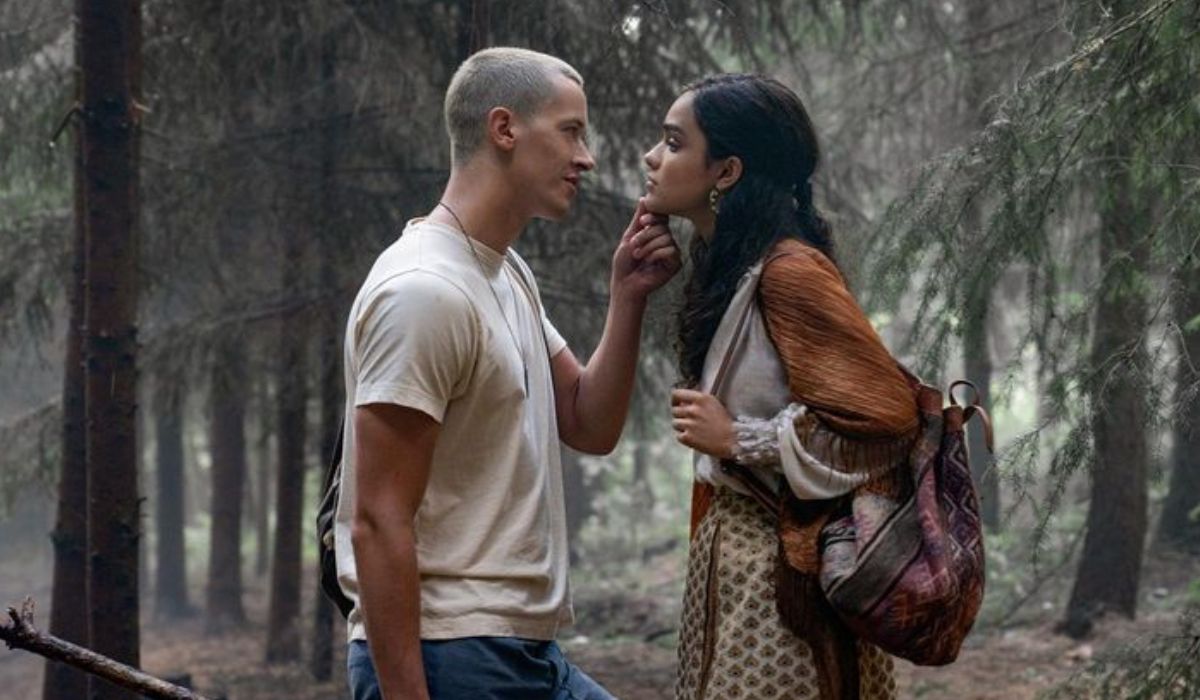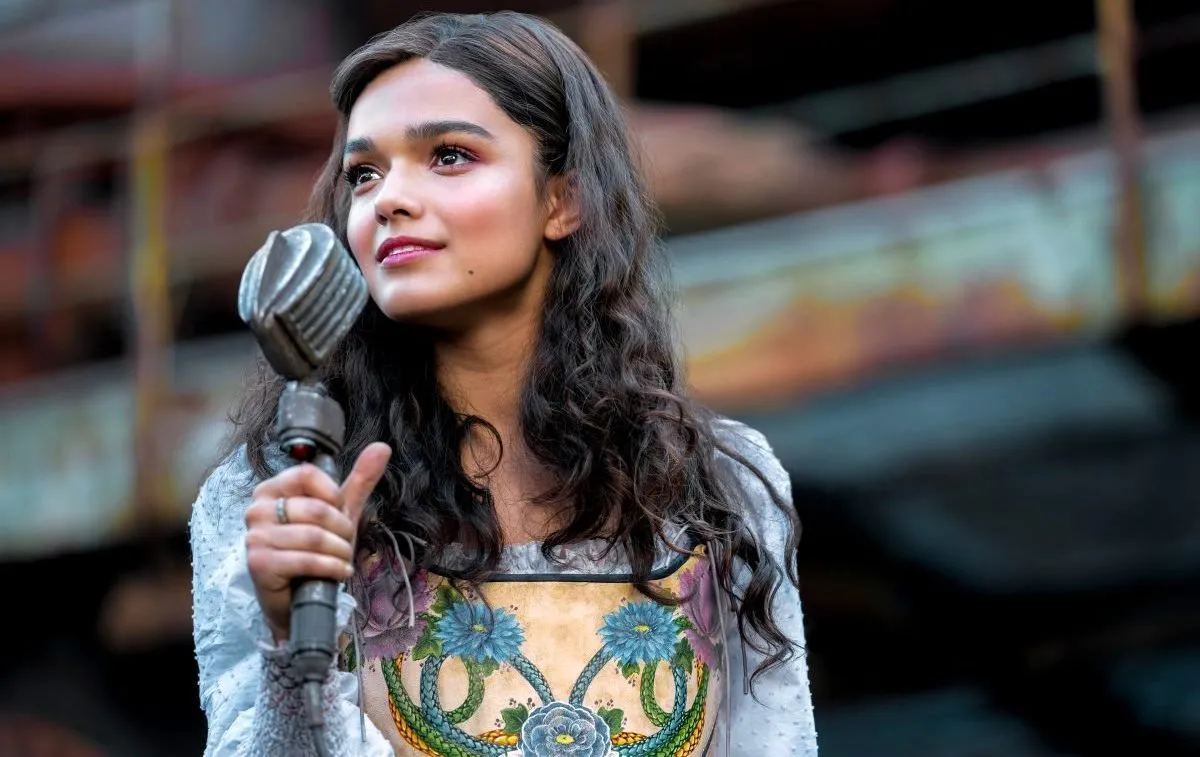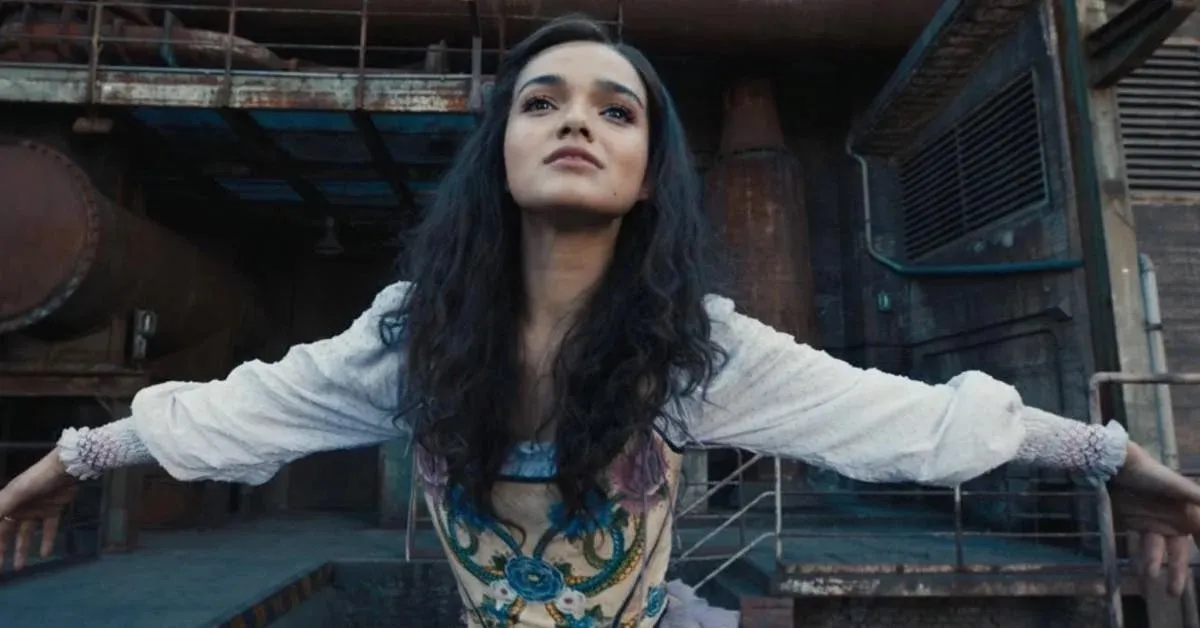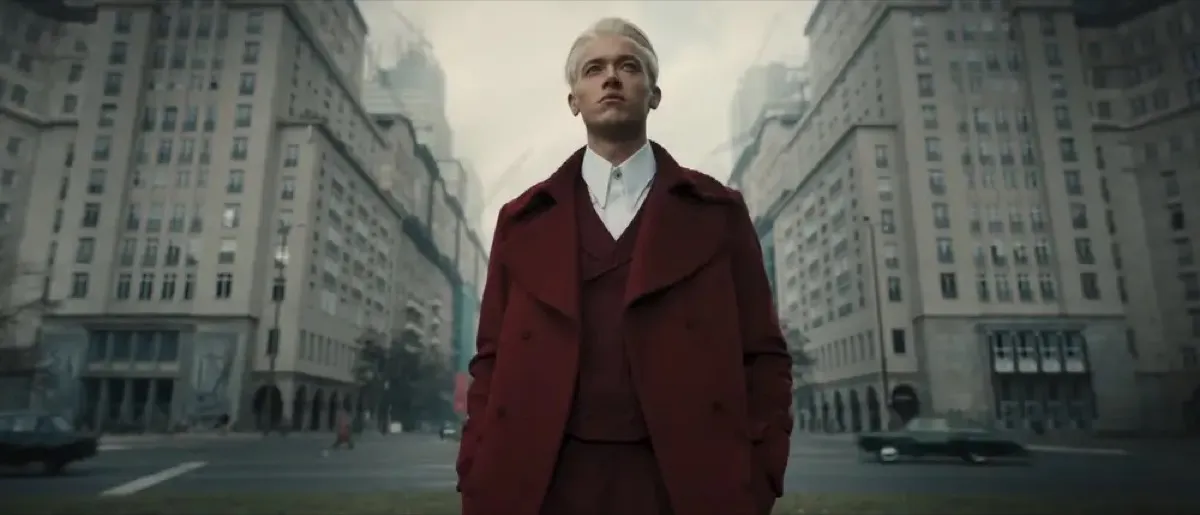Everything You Need To Know About the Characters of ‘The Ballad of Songbirds and Snakes’ Is Right in Their Names
Suzanne Collins no one is doing it like you!

It has been less than a month since The Ballad of Songbirds and Snakes—the prequel to the Hunger Games saga, all based on the books by the same name by author Suzanne Collins—hit cinemas and threw us all right back into the hyperfixation.
Among the many elements that I’ve always loved when it comes to the worldbuilding within the Hunger Games saga, one that really stands out is the way characters are named, and how very often those names serve as pretty big clues about that character’s personality or role within the larger story.
World-building through names
To start, names within the Districts tend to be plays or twists on everyday words, usually related to that district’s specific industries, that signify an actual process of linguistic evolution and cultural dialogue. Meanwhile, names within the Capitol are all a callback to Ancient Rome, a society from a distant history that the Capitol wants to model itself after while being completely detached from how the rest of the country lives.
Think Coral and Finnick from District 4, whose main production is fishing, or Glimmer from District 1, which creates all of the Capitol’s luxury items, or Rue from agriculture-focused District 11, compared to names like Seneca and Volumnia and Caesar.
Another feature of names in the Hunger Games is also the fact that they could often be described—to use a Latin phrase since we’re talking about Romans—as examples of “nomen omen,” meaning a name that speaks for itself and that is already a sign of its carrier’s character or history. That’s especially true for the two main characters from The Ballad of Songbirds & Snakes, who all carry their arcs and their endings in their names in one way or the other.
The names of Songbirds and Snakes
***Spoilers for the ending of The Ballad of Songbirds & Snakes from here on out, so be warned.***
Let’s start with Lucy Gray Baird, who’s probably the easiest of the two because the story actually makes it a significant plot point to compare her fate to what inspired her name. Her surname, of course, echoes the word “bard” and so immediately highlights her belonging to the Covey as well as her affinity for music and telling stories through song, exactly like bards would do.

As for her name, it’s actually canon that Lucy Gray was named—both in-universe and out of it—after the 1799 poem of the same name by British poet William Wordsworth. While the Covey might not know who Wordsworth was, they do sing “Lucy Gray” as a song, with Coriolanus and Lucy Gray watching her cousin Maude Ivory perform it.
The story of Wordsworth’s Lucy Gray, a child who disappeared one night during a winter storm and was never found again, even though some people maintain that you can still see her wandering the wild moors, is certainly very fitting for Collins’ Lucy Gray. Like her namesake, her ultimate fate remains unknown, as much as Snow convinces himself she’s gone and does his best to push her out of his mind until she will come back to haunt him sixty-four years after the 10th Hunger Games in the shape of yet another girl from District 12.

Snow’s name is also particularly fascinating when looking at his character arc within The Ballad of Songbirds & Snakes and also his role during Katniss’s story. His given name is probably a reference to the tragedy of the same name written by William Shakespeare in the first years of the 17th century. Set in the early days of the Roman Republic, Coriolanus follows the titular patrician general as he seeks to obtain power in the Senate even as the population despises him (believing him to be the reason they have lost their grain and are starving) and as he despises them back (since he’s firmly opposed to the idea of popular rule).
Considering that when the story opens in the first Hunger Games book there are several Districts, especially the outer ones, that are starving and that all twelve of them are ruled by the Capitol with an iron fist that leaves them absolutely no political agency, it’s clear that there are some similarities between the two Coriolanuses.

Just like Lucy Gray, Snow’s surname is also pretty significant. He himself says throughout the movie that “Snow lands on top,” and it’s not very hard to see young Coryo as somewhat similar to snow: cold, potentially deadly, and undoubtedly beautiful. Still, just like a snow-covered landscape can appear idyllic at first glance while anything might be hiding underneath, Snow’s facade covers his rot, both moral and physical, which only grows as time passes.
(featured image: Lionsgate)
Have a tip we should know? [email protected]